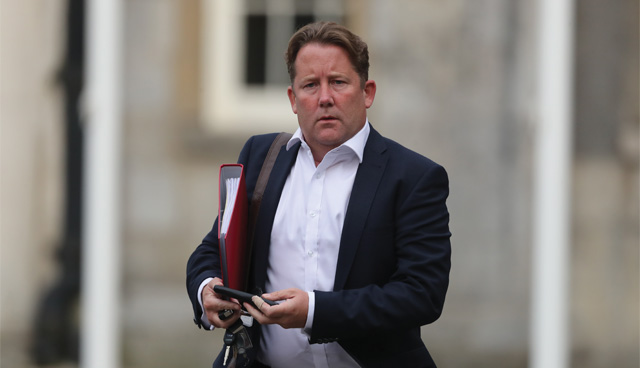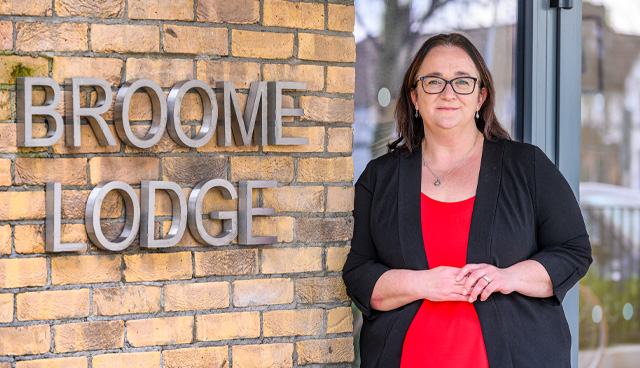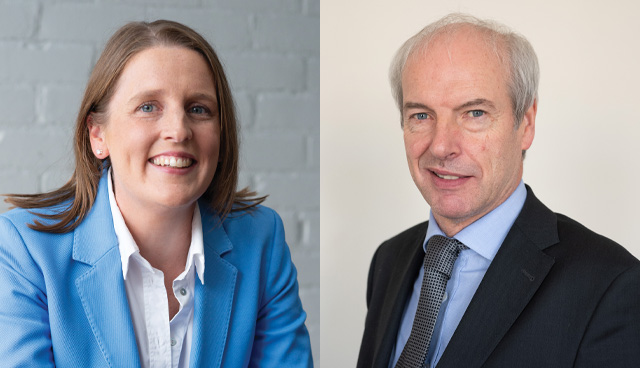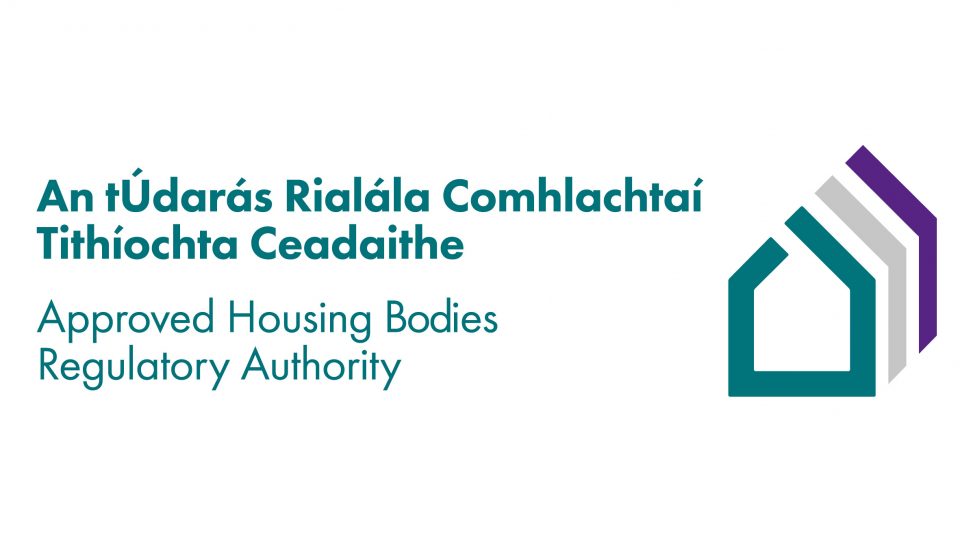
Housing affordability in Ireland
1st June 2021
Affordable housing: Lessons from Europe
1st June 2021Homes for today and tomorrow

Currently, the two biggest issues facing Ireland are housing and climate change. As such, green lending is helping to construct a more sustainable future. Fieldfisher Ireland real estate partner, Paddy Smyth, and real estate partner, Joanna Bannon, write.
There is a growing demand across society to confront the threat of climate change with the introduction of climate mitigation strategies and renewable energy sources on a cross-sectoral basis. Housing energy is an area in which Ireland has traditionally fared badly compared with its European counterparts. Unusually for a modern western country, the residential sector in Ireland emits more CO2 than industry. Although this is partly due to Ireland’s lack of heavy industry, Ireland’s over-reliance on coal, peat and oil in our homes is a major driver.
Add to that the high levels of upfront carbon emissions arising from the construction of homes and it is fair to say that the reduction of Ireland’s housing stock’s carbon footprint represents both a considerable challenge and a momentous opportunity.
In parallel, there is a realisation that Ireland urgently needs a coherent house-building programme to provide social and affordable housing in greater numbers than has been achieved in decades. There is growing demand in the social housing sector which looks only set to increase due to current stock shortages, low death rate and high levels of immigration.
Conflicting ideals?
This all begs the question, does the urgent need for housing trump the need to preserve the earth for future generations? Must we choose, or can these two needs be met simultaneously?
In the construction boom years between 2002 and 2006/7, maximising construction output easily won out, albeit driven more by commerce than strategic planning.
That said, 2006 did see the first foray by Irish legislators into the area of building energy efficiency with the introduction of Building Energy Rating (BER) certificates. Since then, all properties offered up for sale or letting must have a BER certificate. The impact of this measure was slow to reveal itself owing to the slowdown in transactions following 2008. However, the system is now having an impact on investment values of properties that perform well or badly.
Furthermore, under the more recent Building Regulations prescribing the Zero Energy Building (nZEB) standard, all new buildings must be highly energy efficient.
However, these measures focus on reducing building energy usage and associated carbon emissions rather than emissions produced in the construction phase. Given 11 per cent of global embodied CO2 emissions result from construction, that’s quite a gap.
More than one way to skin a flat? Incentivise through funding…
Rather than restrict carbon emissions during construction through building regulations, what has emerged is a move towards incentivising environmentally responsible construction through improved lending terms.
Traditional funding arrangements
Traditionally, lending decisions for housing developments have been based solely on financial performance and projections. However, the recent introduction of debt financing for social housing means lenders borrow funds from the National Treasury Management Agency (NTMA), the European Investment Bank (EIB) and the Council of Europe Development Bank, and then lend onto local authorities and approved housing bodies (AHBs) to develop or purchase property. The HFA offers these loans on 25- or 30-year terms at low fixed rates.
A ‘green loan’ (GL) versus a ‘sustainability-linked loan’ (SLL)?
Social housing projects offer scope for social impact investing as investors are increasingly focusing on ESG projects. Sustainable lending, which includes green loans and sustainability linked loans as well as other funding instruments (e.g. green bonds), have seen considerable growth particularly since 2018, when guidelines were first introduced.
There are fundamental differences between GLs and SLLs. The proceeds of a GL must be for ‘green’ purposes such as renewable energy projects. SLLs have a broader application where pricing on the loan is connected to predetermined sustainability objectives.
Measuring ESG success
Green Building Certification has seen a transformation from single criteria systems limited to energy use in the operation of a building, to multi-criteria systems that take a far more holistic analysis of factors such as energy sources, use of land, level of emissions, biodiversity, and environmental impact of materials. The focus is on the full life cycle of the building and its place within the eco-system of the local built environment, as opposed to an individual structure.
Home Building Finance Ireland (HBFI) has launched a new green loan product offering a discount of up to 0.5 per cent on loans to homebuilders for developments certified with Irish Green Building Council’s Home Performance Index certification. The HBFI Green Funding Product is the first Irish green financial product fully aligned to the Paris Agreement and EU taxonomy regulations.
“Through the introduction of BER and Zero Energy Rating regulations, we have seen how legislative interventions can have a positive impact on construction standards.”
The Home Performance Index was developed by the Irish Green Building Council as the first comprehensive sustainability certification for new Irish homes. It goes well beyond the BER to address all the environmental impacts of new homes, such as the production of building materials, impact on ecology, pollution, water consumption and flood risk.
Conclusion
Through the introduction of BER and Zero Energy Rating regulations, we have seen how legislative interventions can have a positive impact on construction standards. Market expectations have followed suit and there is an increasing focus on constructing higher quality, energy efficient housing.
However, more needs to be done to negate the environmental harm caused during the construction process. Whereas owners have an identifiable interest in the energy efficiency of their property, and this ultimately results in a reduction of usage related emissions, the same is not true for the emissions caused during construction.
This makes it all the more important that regulations are introduced to deal in some meaningful way with construction’s carbon footprint. However, the cost impact of this could be significant and there remains a reluctance among legislators to interfere to this degree, particularly at a time when the need for housing has seldom been greater or more urgent. The issue of cost has become even more pronounced during the Covid-19 crisis, with lockdowns and global weather events resulting in building supplies shortages and a rise in the cost of building materials.
Nevertheless, as an EU member state, Ireland will undoubtedly attract increasing pressure in the coming years to further regulate this area. With mandated European targets, the risk of heavy fines at EU level will ultimately force the hand of Irish legislators to introduce regulations requiring all sectors to cut their emission levels and adopt sustainable green technologies.
In the meantime, the growth of sustainability incentivised funding will lead to a greater demand in the market for a greener approach to construction and provide the means for supplying that demand economically.
With the increasing demand for social housing and additional funding allocated for housing in the last budget, social housing is becoming increasingly attractive to developers and investors.
These factors, combined with the impetus injected by green lending provides a basis for believing that over time we will see greater numbers of developers choose to adopt greener building practices and that those who do will be in pole position to adapt when the regulators eventually bite the bullet.
For more information please contact:
Paddy Smyth
Partner, Real Estate
T: +353 (0)1 828 0928
E: paddy.smyth@fieldisher.com







